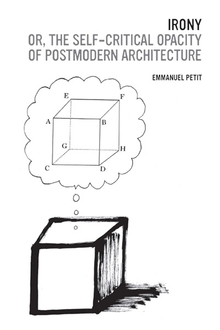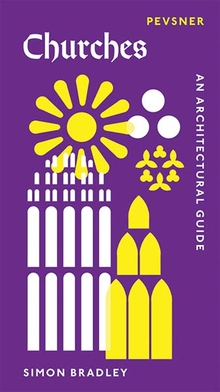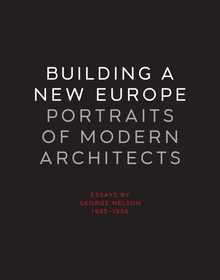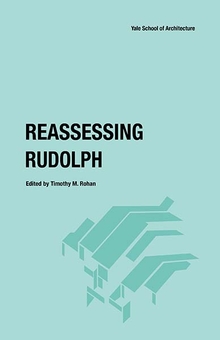Irony; or, The Self-Critical Opacity of Postmodern Architecture
WARNING
You are viewing an older version of the Yalebooks website. Please visit out new website with more updated information and a better user experience: https://www.yalebooks.com
Emmanuel Petit
In this fascinating reassessment of postmodern architecture at the end of the 20th century, Emmanuel Petit addresses the role of irony and finds a vitality and depth of dialectics largely ignored by historical critiques. A look at five individual architects—Peter Eisenman (b. 1932), Arata Isozaki (b. 1931), Rem Koolhaas (b. 1944), Stanley Tigerman (b. 1930), and Robert Venturi (b. 1925)—reveals the beginning of a phenomenology of irony in architecture. As Petit explains, irony is manifested in the work of these architects as an aesthetic tool, as existential comedy, and as cultural satire.
Petit frames his discussion between the destruction of two utopian structures by architect Minoru Yamasaki (1912–1986): the demolition of the Pruitt-Igoe housing complex in St. Louis in 1972 and the collapse of the World Trade Center in 2001. Meticulously researched and drawing widely from philosophy and literary criticism, Petit crafts a compelling case for the role of irony during a period when architects struggled to come to terms with significant contradictions within cultural modernity.
Emmanuel Petit is associate professor at the Yale School of Architecture. He is editor of Philip Johnson: The Constancy of Change (Yale) and Schlepping Through Ambivalence: Essays by Stanley Tigerman (Yale).
“Through a rigorously researched and precisely written analysis, Petit gets very deep below the surface of architecture to lay bare many of the most satisfying intellectual projects in architectural history. . . . A very well-written and thoughtfully crafted survey of one of the richest periods in architectural history.”—Domus
Publication Date: April 2, 2013
26 color + 103 b/w illus.









